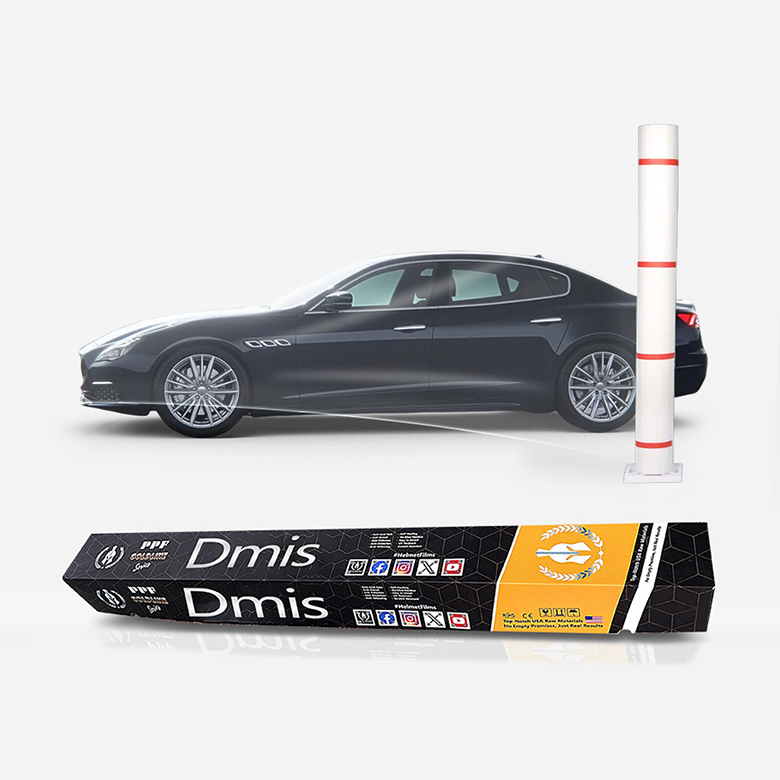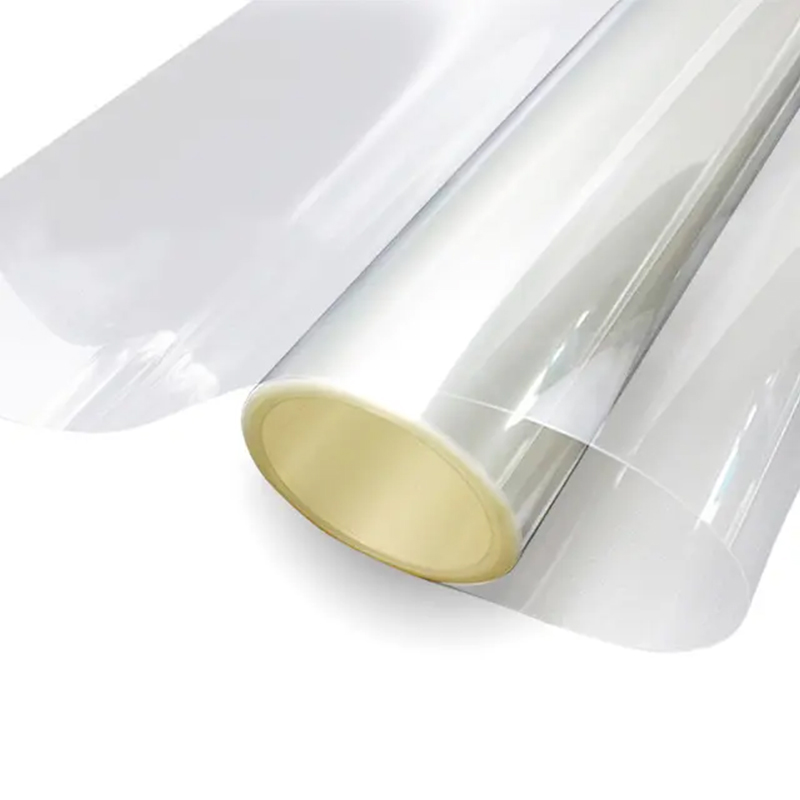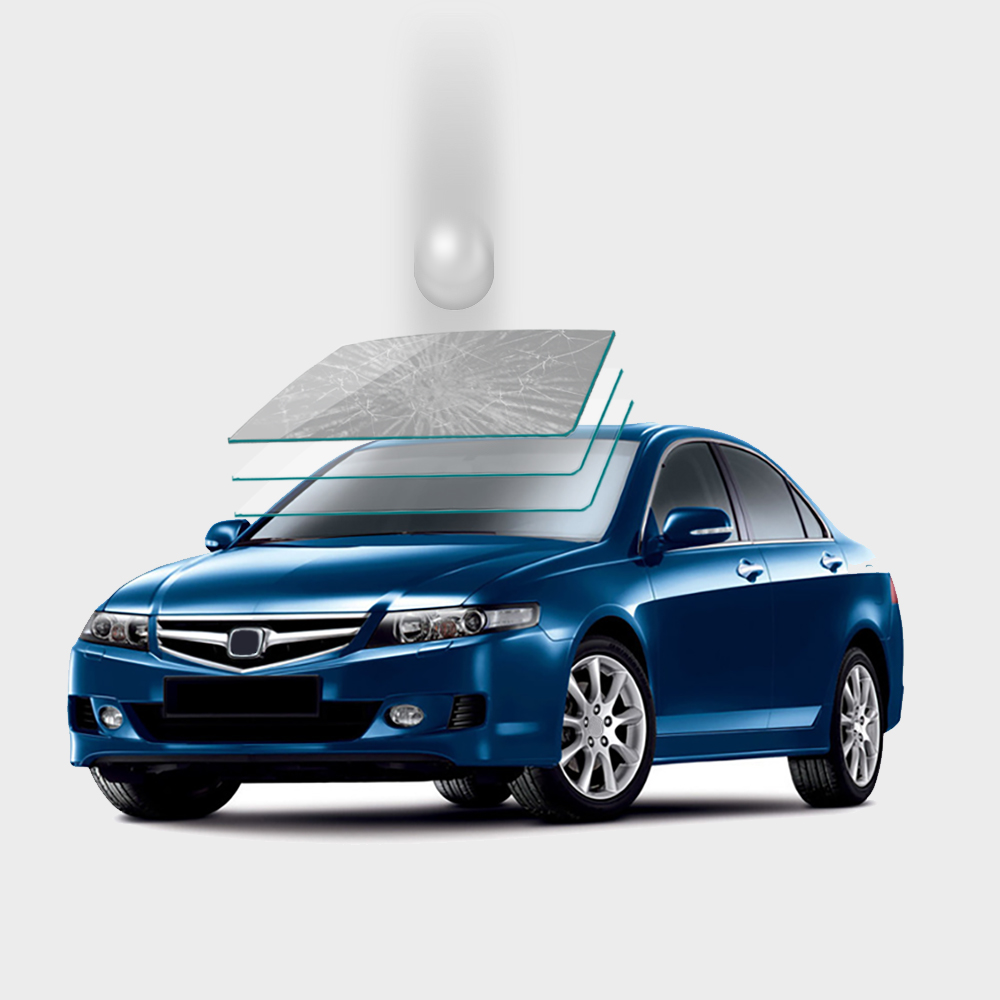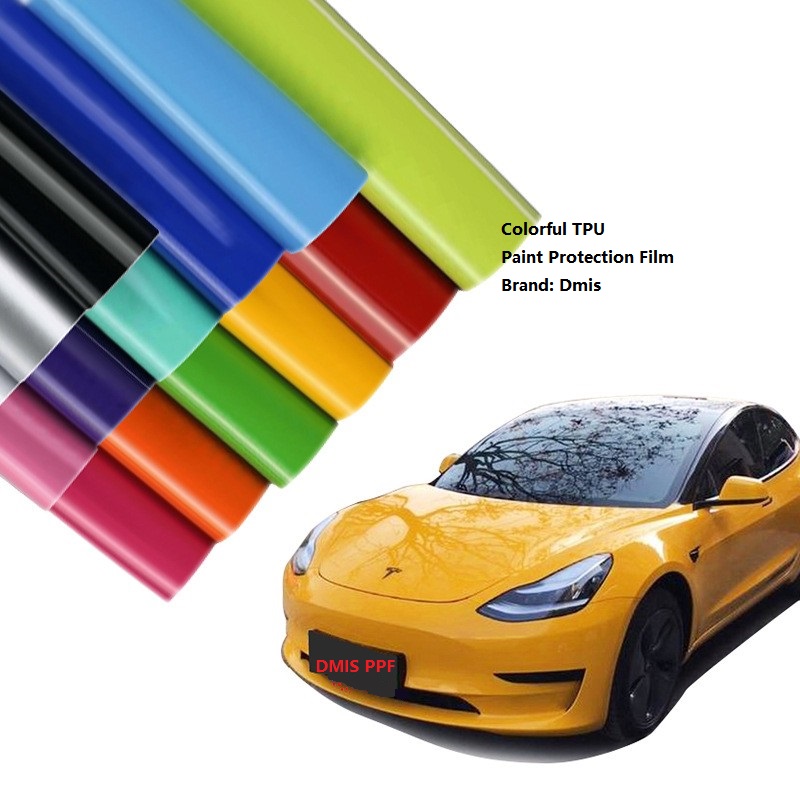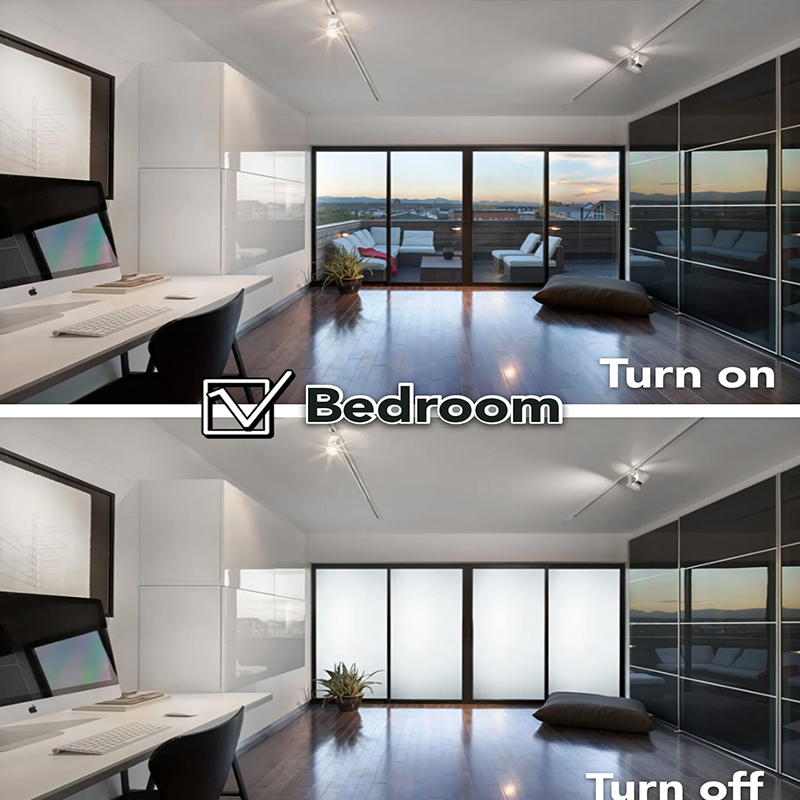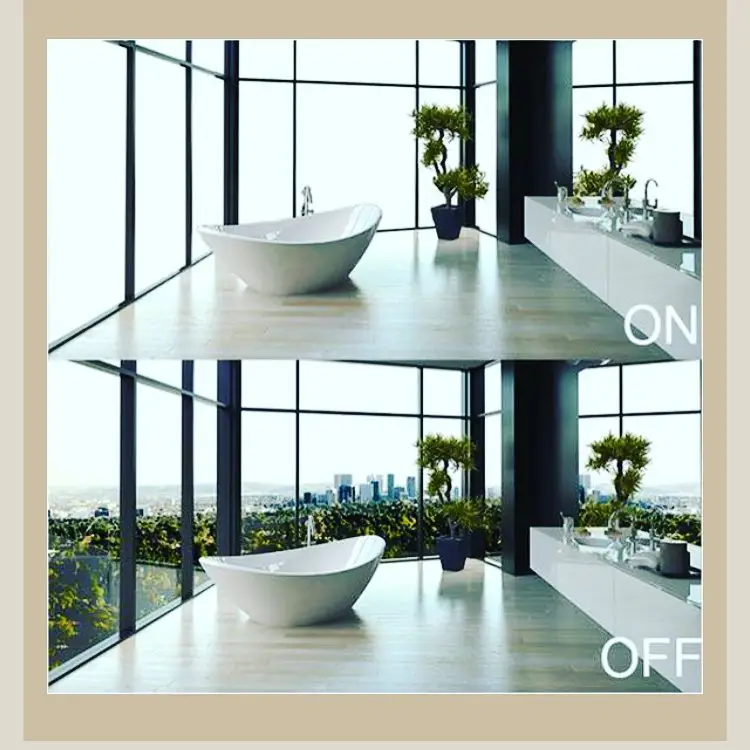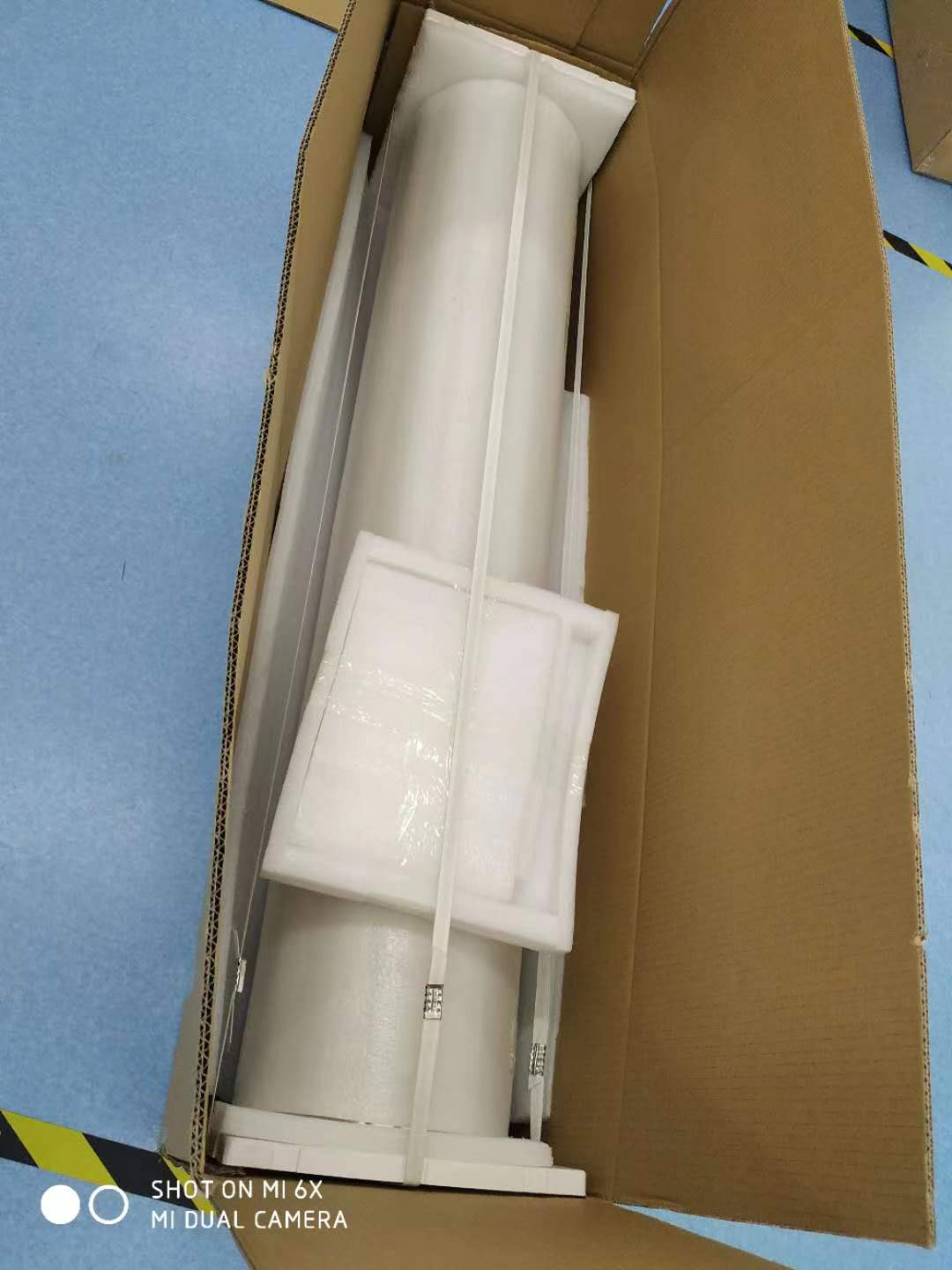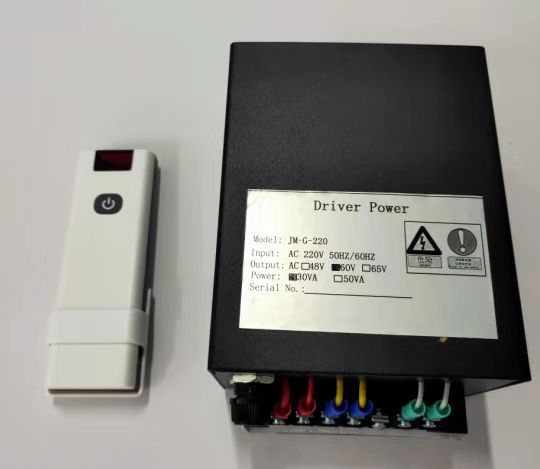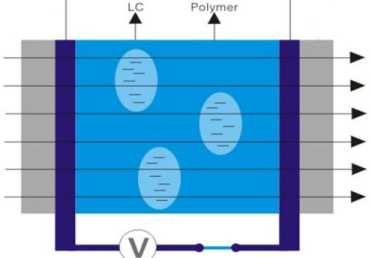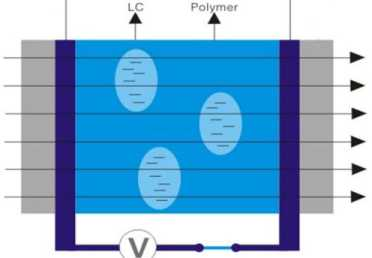
Menu
- Home
- Products
- Car Window Film
- Car Windshield Protection Film
- Chameleon Window Film
- Nano Ceramic Film
- UV400 Nano Ceramic Film
- Magnetron Nano Ceramic Film
- Magnetron Reflective Film
- Nano Carbon Film
- 2ply High Clarity HD Window Film
- DD Professional Dyed Film
- TT Economic Tint Film
- Paint Protection Film
- Paint Protection Film TPU
- Paint Protection Film TPH
- Colored Paint Protection Film
- Building Window Film
- Frosted Decoration Film
- Reflective Solar Control Film
- Colorful Decorative Film
- Dichroic Glass Film
- High Heat Insulation Glass Film
- Safety Security Film
- Clear Transparent Security Film
- Tinted Security Film 4mil 8mil
- Nano Ceramic Security Film
- Smart Glass Film
- Headlight Tint Film
- Car Wrap Vinyl
- Carbon Fiber Wrap
- Glossy Wrap Vinyl
- Matte Wrap Vinyl
- Chrome Metal Wrap Vinyl
- Pearl Glitter Car Wrap
- Chameleon Wrap Vinyl
- News
- Company News
- Industry News
- Product News
- Case
- Factory Show
- Dust free workshop
- Material area
- QC inspection
- The whole process of production
- large stock of ready finished goods ppf
- Contact Us
- About Us
- Company Style
- Certificate
- Exhibition
- FAQ
- Service
- Delivery
- Responsibility
Search
